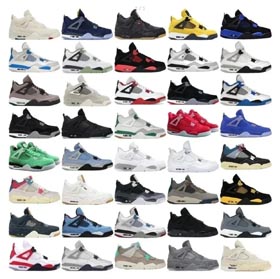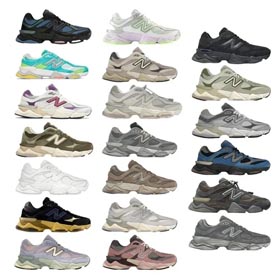The Challenge of Refund Management
Handling refund requests in e-commerce operations (often called "oopbuy refund" processes) can be time-consuming and complex. Each case varies in terms of required documentation, approval steps, and processing time. Without proper organization, refund management can become a significant operational bottleneck.
This is where the Oopbuy Spreadsheet
How Oopbuy Spreadsheet Optimizes Refund Processing
Centralized Case Tracking
The spreadsheet template allows users to record:
- Refund case types (product return, late delivery, wrong item, etc.)
- Processing time for each stage
- Required documents and materials
- Key communication touchpoints
- Resolution outcomes
Data-Driven Process Analysis
With historical data properly organized in the Oopbuy Spreadsheet, users can:
- Identify recurring patterns in refund cases
- Pinpoint stages causing delays (approval, documentation,etc)
- Compare resolution times across different categories
- Spot frequent customer pain points
Implementing Process Improvements
The true value emerges when users leverage their collected data to make systematic improvements:
Template Creation
Develop standardized response templates for common refund scenarios based on historical successful resolutions.
Process Automation
Identify repetitive verification steps that could be automated when certain conditions are met (like automatic approval for low-value refunds with proper documentation).
Knowledge Base
The spreadsheet evolves into a living knowledge base where new team members can access proven resolution paths for various refund scenarios.



















